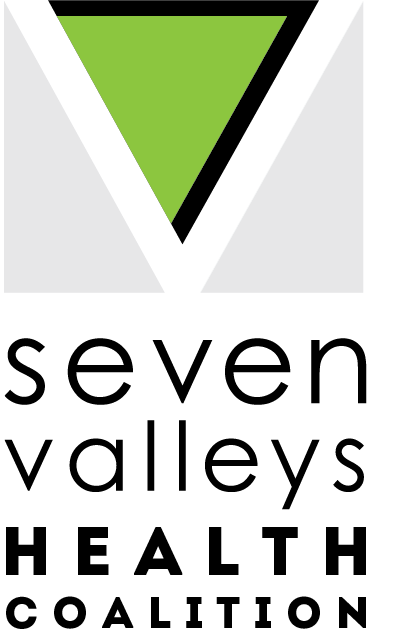Food: Bank, Pantry, and Rescue? What do they each do?
Food: Bank, Pantry, and Rescue? What do they each do?
Ever wonder what the difference between a food rescue, food bank, and food pantry is? Did you know there is a difference? Often these organizations work together to help address food insecurity in communities. Feeding America defines food insecurity as a lack of consistent access to enough food for every person in a household to live an active, healthy life. Food insecurity can be caused by a variety of circumstances. Many people in America struggle to meet their basic needs, increasing the risk of food insecurity, as noted by Feeding America. Unexpected car bills, accidents, or even being laid off from work can make a person or family unit choose between buying food or paying bills. Feeding America notes while causes of food insecurity are complex, some known causes include lack of affordable housing, poverty, unemployment, low income, chronic health conditions, lack of access to healthcare, systemic racism, and racial discrimination.
So, what is the difference?
Food Banks are a location, typically a warehouse that store millions of pounds of food and other products to be distributed to the community. Food banks take large amounts of food (like semi-loads!) and supply them to food pantries. Food banks can purchase food or have it donated by individuals or other organizations.
Food pantries are often sponsored by local churches or community coalitions. They aim to serve folks who have hunger or food insecurity in a specified area. They may be in homeless shelters, churches, community organizations, community food stands, or even soup kitchens. Food pantries rely on donations for distribution.
Food Rescues help to transfer fresh food surpluses from local businesses to other locations. Food rescues get food through donation, gleaning (helping to remove extra crops from farmer fields for donation), and partnerships with local businesses and farmers. Food Rescues gather extra food to avoid it being wasted (trashed) and help the nutritious food be used positively. This could also be edible food that is premade such as from a restaurant or leftover after a large event like a wedding or party. This also helps to reduce carbon emissions that happen when food is thrown away.
Working together
Food banks, food pantries, and food rescues work together to help end food insecurity. This helps decrease stress for individuals and households while promoting community health and reducing waste. Seven Valleys Health Coalitions partners with food banks and food pantries to help distribute the food we collect through our Food Rescue work, to those in our community. We partner with folks involved in the pantries, community members, and food banks to host a monthly community meeting known as the Hunger Coalition. In this Coalition, we discuss the needs of Cortland County, and the gaps and work together to raise awareness of services and help to fill gaps through building strong partnerships.


